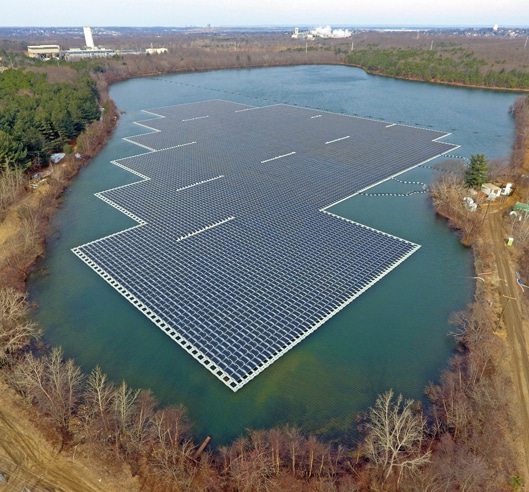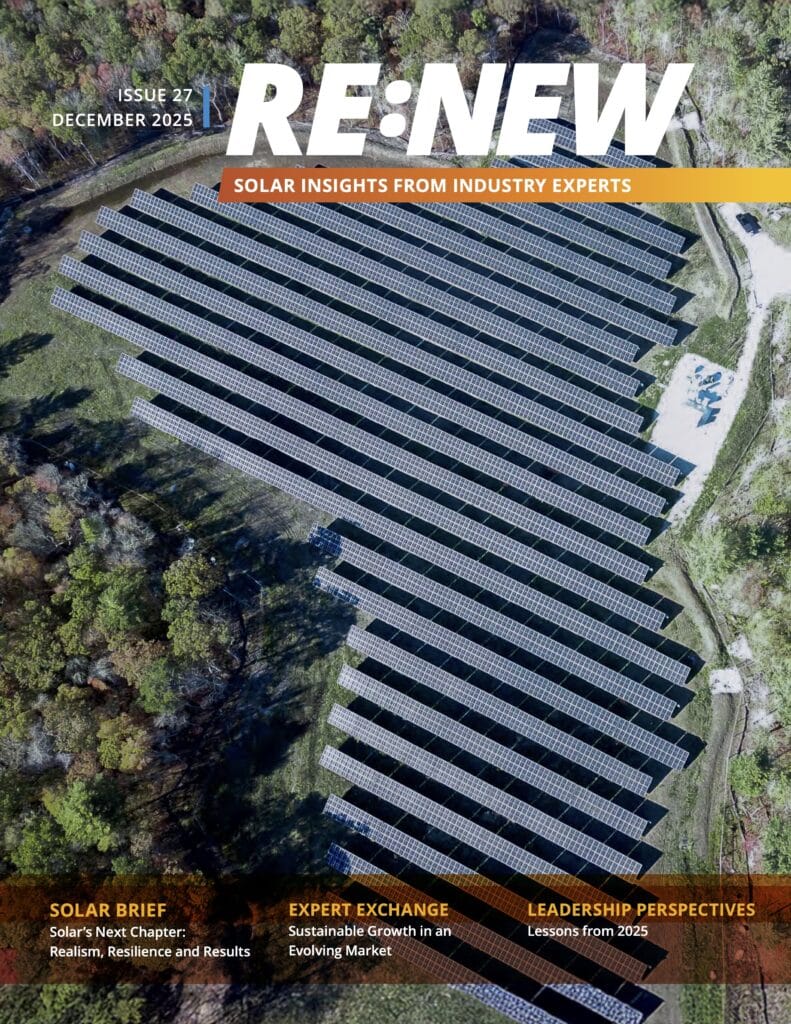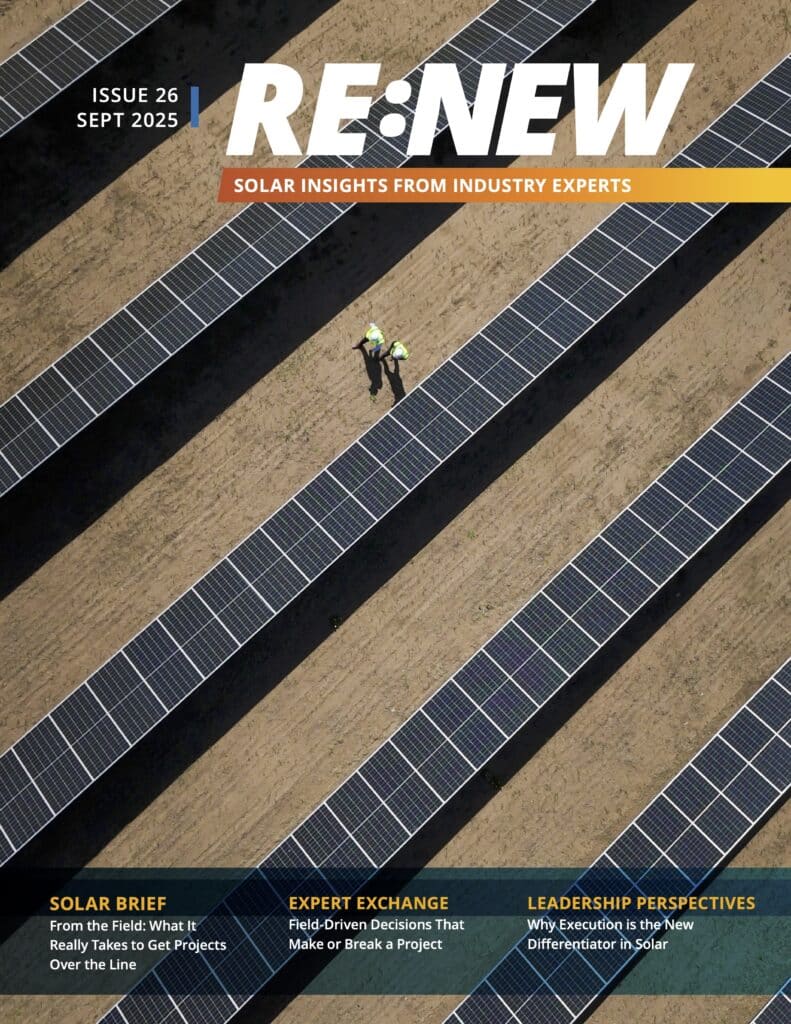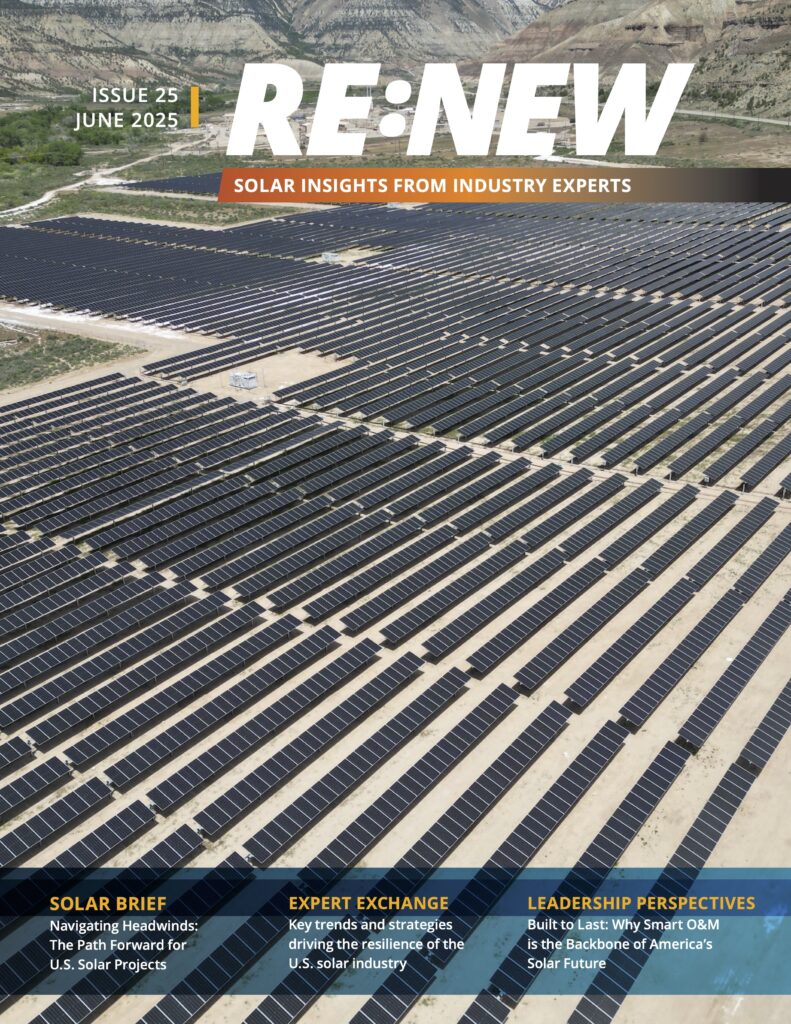An exciting alternative solar model is on the rise. Floating solar, the placement of solar panels on bodies of water, is becoming increasingly popular globally, and NASA has called it a key technology in decarbonizing economies by 2050. A Nature study asserts that using floating solar on 10% of the world’s hydropower reservoirs would produce 4,000 GW.
A highly efficient, economical solar model
Floating solar farms, also known as floating photovoltaic (FPV) or floatovoltaics, involve the placement of solar systems on stationary bodies of water. These include a vast array of locations such as lakes or basins and large, human-made bodies of water like reservoirs. The solar panels are fixed to a buoyant structure made of anti-rust material that uses polyethylene to keep it afloat and unique components like inverters adapted to wet conditions.
FPV is a very cost-effective installation, which helps project economics. Land-based and floating solar costs are close to parity, and floating solar has lower O&M costs and no land costs. Material costs have decreased, and anchoring and construction practices are increasingly efficient. FPV arrays can accommodate a broad range of water depths.
The model also offers better panel efficiency since water cools the equipment, and parts stay cleaner given the minimal exposure to dust or silt. The arrays are also durable: floating solar can withstand freeze/thaw down to -40 F and can accommodate snow loads of up to 60 pounds per square foot.
Environmental benefits
Floating solar assists the environment by providing clean, renewable energy that decreases greenhouse gas emissions. It also reduces the need for tree removal and forest clearing, sometimes necessary for larger land-based system installations. FPV also offers shelter to fish and other aquatic life and reduces freshwater algae blooms and water evaporation.
Another benefit is that FPV minimizes the loss of valuable land space. Systems can be placed on underused bodies of water such as coal quarries, mineral extraction pits, hydroelectric dam reservoirs, retention ponds and wastewater treatment plants. Putting it on water frees up valuable and sometimes scarce land space for agriculture, infrastructure and other use.
A growing phenomenon
We’re already seeing floating solar installations in China, Japan and the United Kingdom, and it’s growing steadily in the U.S., particularly in California and New Jersey. The largest installation in the world is the 320 MW Dezhou Dingzhuang Floating Solar Farm in China. Projections are that floating solar will reach 10 GW globally by 2025.
The first public FPV system in America consists of 720 panels on a human-made wastewater treatment pond in California. The largest in the nation is the 44.8 MW Healdsburg Floating Solar Farm, also in California, which provides 8% of the city’s electricity requirement through its bifacial panels. The U.S. Army tapped the model by installing a 1.1 MW array plus 2 MWh of battery storage at Big Muddy Lake in North Carolina.
Technology that transforms
The renewables industry has always embraced technology that pushes the envelope around finding meaningful solutions to the global energy crisis. Floating solar farms represent just that kind of opportunity, and given that our planet is 71% water, the possibilities are practically endless. FPV is poised to be another critical component in our country’s energy transformation.
Committed to emerging market solutions
Since our founding, Standard Solar has pursued innovative solar models that accelerate asset growth, make change in the industry, and forward our nation’s decarbonization. We are working with several strategic partners to offer development in the floating solar sector and are actively pursuing additional opportunities.
Contact me to find out more about floating solar – Daryl Pilon
Feature photo: Ciel & Terre
More Recent Blog Posts
Delivering on Our Promise: 2025 in Review
December 11, 2025
Scott Wiater · 3 min read
How Student Health Unlocks School Energy Projects
December 3, 2025
Standard Solar · 4 min read
The Remarkable Growth of Community Solar in the District of Columbia
October 22, 2025
Standard Solar · 2 min read
Navigating a Solar Market in Transition: Takeaways from RE+ 2025
September 26, 2025
Megan Byrn · 3 min read
Most Popular Blog Posts
Illinois’s energy industry is poised to become much greener and cleaner
Harry Benson · 2 min read
Closing The Book On 2020—And Eagerly Anticipating 2021
Scott Wiater · 2 min read
2022: A Year of Opportunity and Challenge for Solar
Scott Wiater · 2 min read
Farmland Can Be A Lucrative Solar Resource
Travis Tate · 2 min read





Share